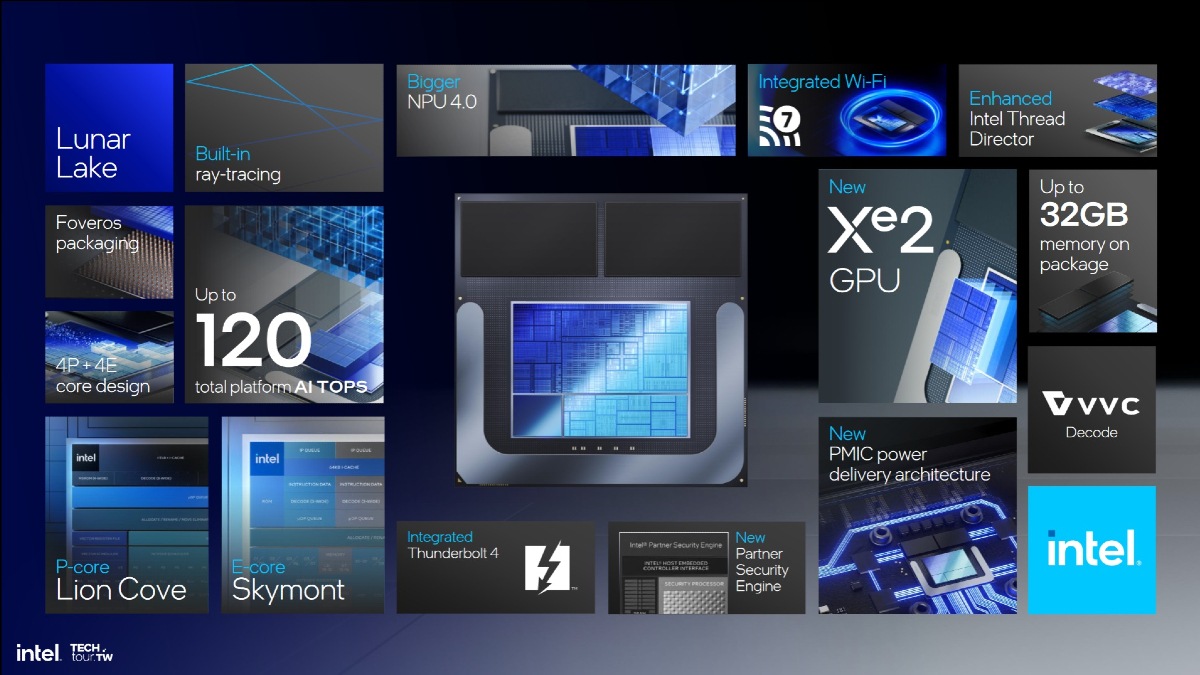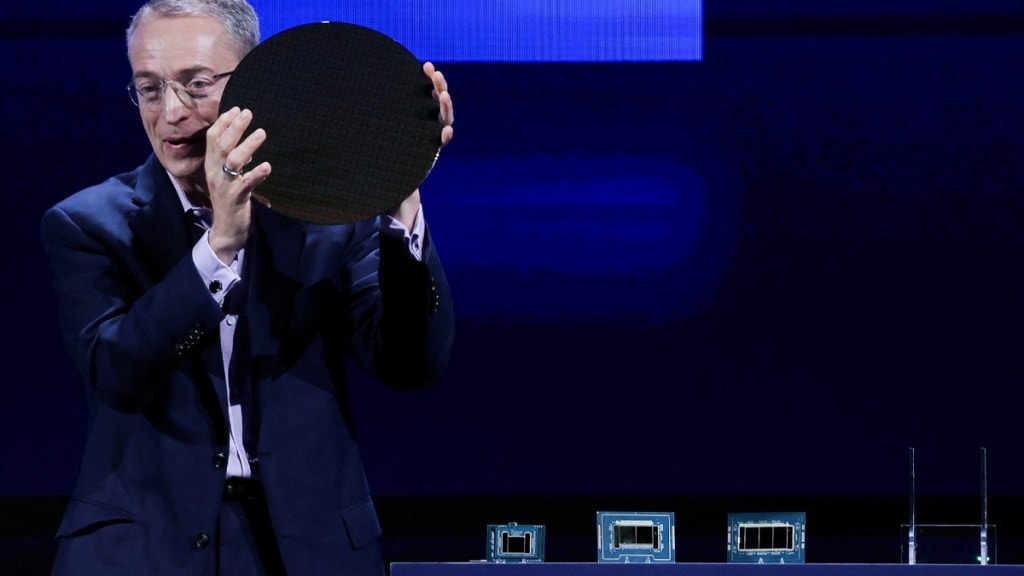Intel is finally ready to talk about Lunar Lake, its next generation of x86 laptop processors designed specifically to heat up competition in the ongoing AI race. At Computex 2024, Intel took the wraps off its answer to Qualcomm’s Snapdragon X Elite and AMD’s Ryzen AI 300—and also Apple’s M4 some might say. More precisely, these processors will power the next wave of Windows PCs dubbed Copilot Plus.
AI everywhere
Let’s address the elephant in the room first. Intel’s Lunar Lake processors promise up to 48 TOPS (tera operations per second) of AI performance, a significant leap from the 10 TOPS NPU (neural processing unit) in Intel’s previous Meteor Lake chips. With 50 TOPS, AMD’s Ryzen AI 300-series stands out in the market with the highest TOPS among NPU-configured chips at the time of writing. Qualcomm’s Snapdragon X series NPU can pull 45 TOPS while Apple’s M4 boasts 38 TOPS. That said, although TOPS is a notable performance metric, it is not the sole indicator of a system’s ability to handle AI tasks. Various factors influence AI performance, including architecture efficiency, software optimisation, and workload characteristics.
But moving on, Lunar Lake will feature an Xe2 GPU, capable of delivering 80 percent faster gaming performance compared to the previous generation, Intel says. The chip also includes an AI accelerator boasting an additional 67 TOPS of performance, further enhancing its AI capabilities.
Apple effect
A notable addition to Lunar Lake chips is the use of on-board memory, similar to Apple Silicon. By integrating memory closer to the processor cores, Intel has managed to reduce latency and system power usage by 40 percent. Though it comes at a price. Available with either 16GB or 32GB of RAM, post-purchase memory upgrades are a strict no-no—just like Apple.

Lunar Lake chips will include eight cores with improved performance and efficient cores (P-cores and E-cores). Intel claims they can deliver 1.4 times faster performance in Stable Diffusion 1.5 compared to the Snapdragon X Elite. Additionally, an “advanced low-power island” within the chip is designed to handle background tasks efficiently, contributing to a 60 percent improvement in battery life over Meteor Lake.
Both Intel and AMD are gearing up to compete against Qualcomm’s Copilot Plus hardware—Snapdragon X Elite—which touts superior power efficiency. Qualcomm’s mobile chips are claimed to offer over 20 hours of battery life on Copilot Plus Surface devices. Even Apple silicon has come to become a gold standard in this regard.
In terms of connectivity, Lunar Lake will support the latest standards, including Wi-Fi 7, Bluetooth 5.4, PCIe Gen5, and Thunderbolt 4, ensuring compatibility with the newest peripherals and network technologies.
Lunar Lake—availability
AMD’s Ryzen AI 300 chips and Qualcomm’s Snapdragon X Elite and X Plus are slated for July releases, while the exact launch date for Lunar Lake remains unspecified. All we know is that they are coming sometime in the third quarter of this year. The exact configurations haven’t be revealed either. Intel has previously teased that over 80 new laptop designs from more than 20 OEMs will be rocking its new Lunar Lake chip starting Q3 2024. The company aims to ship 40 million AI PC processors by the end of this year.








